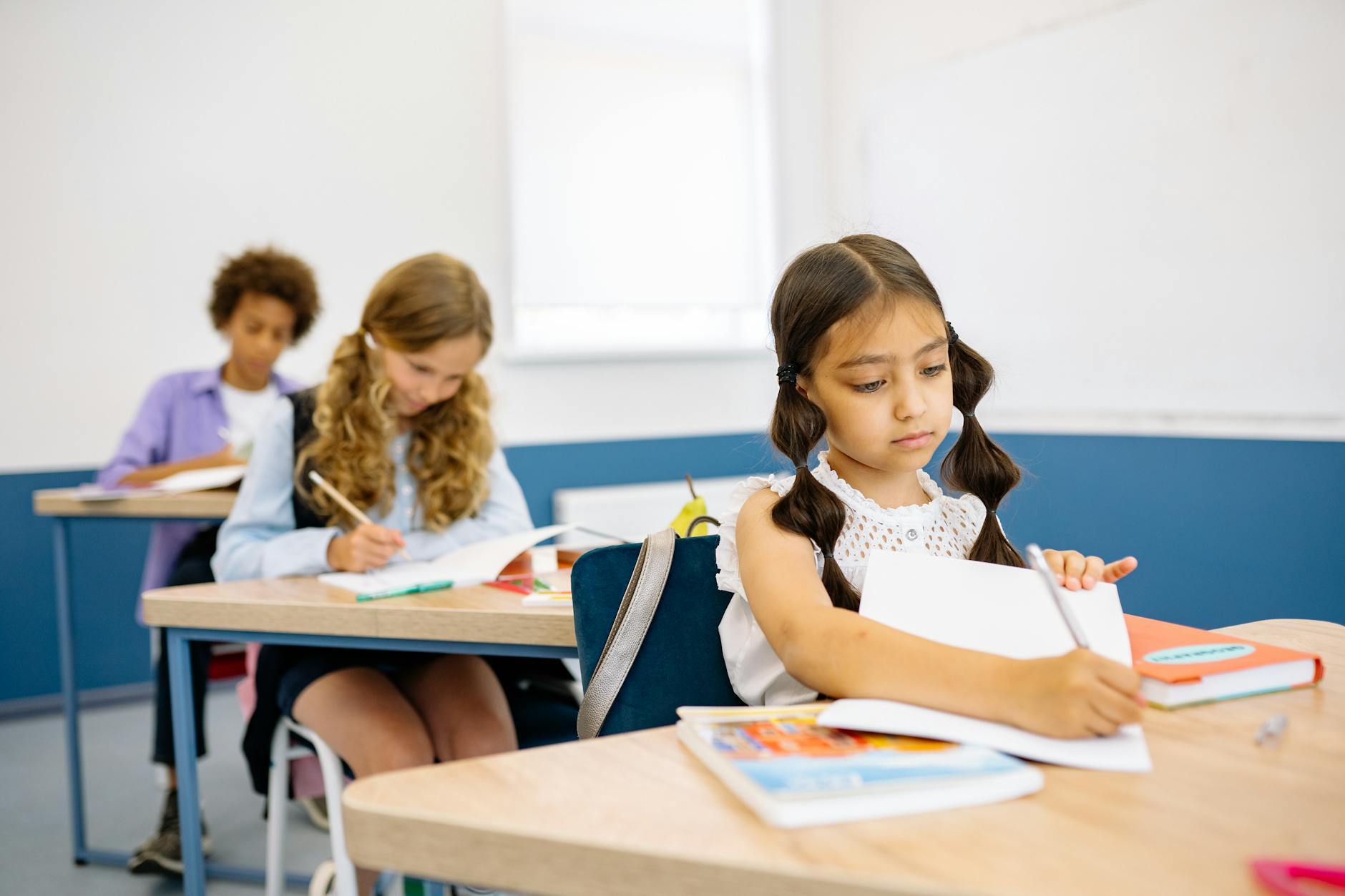Dept of Education: Old-School Wisdom Revamp

In an era where the educational landscape is rapidly evolving, the Department of Education has embarked on a groundbreaking initiative to revisit and revitalize traditional teaching methods. This groundbreaking endeavor aims to bridge the gap between the rich heritage of "old-school wisdom" and the dynamic nature of modern pedagogical practices. The initiative underscores the Department's recognition that time-honored educational wisdom, when effectively integrated with contemporary teaching methodologies, can significantly enhance the learning experience and outcomes for students in today's classroom.
The Fusion of Tradition and Innovation
Traditional teaching methods have long served as the cornerstone of education, forming the bedrock upon which current educational systems are built. However, with advancements in technology and a better understanding of student learning preferences, there is a compelling need to adapt and expand these methods to meet the challenges of the 21st century.
The Department of Education's initiative is not a dismissal of the past but rather an acknowledgment of the value that history brings to education. The focus is on "revamping" rather than replacing, ensuring that the essence of traditional teaching is preserved while infusing it with innovative strategies that cater to the needs and sensibilities of modern learners.
Key Elements of the Initiative:
1. Research-Based Approach:
A thorough analysis of historical teaching methods will identify the most beneficial aspects that can be adapted for contemporary classrooms. Research teams will consist of educational historians, experienced educators, and pedagogical experts to ensure that the integration respects the integrity of traditional methods while making them relevant to present-day students.
2. Teacher Training Programs:
Creating resource materials and training programs for teachers is essential to the initiative's success. These programs will educate teachers on the new hybrid teaching methods and provide practical examples of how to apply them in a variety of classroom settings.
3. Technology Integration:
Modern technology will play a crucial role in delivering old-school wisdom to students. Whether through interactive digital platforms, virtual simulations, or online resources, technology will facilitate a seamless blend of the old with the new.
4. Curriculum Development:
Curriculums will be carefully crafted to reflect a balance between time-tested teaching strategies and innovative pedagogical approaches. This includes ensuring that curriculum content is relevant, and engaging and encourages critical and creative thinking.
5. Ongoing Assessment:
Continuous feedback and assessment mechanisms will be established to monitor the effectiveness of the combined teaching methods. Adjustments will be made as necessary, based on empirical data and feedback from educators and students alike.
Looking Ahead: Embracing the Best of Both Worlds
As the initiative unfolds, it will be vital to maintain a dialogue between all stakeholders involved: educators, students, parents, and policy-makers. The aim is to create an inclusive educational environment that respects and builds upon the wisdom of the past while equipping students with the skills and knowledge needed to navigate the future.
In conclusion, the Department of Education is poised to lead a renaissance in teaching practices with its Old-School Wisdom Revamp initiative. By blending timeless insights with modern pedagogy, this forward-thinking project promises to enrich education and empower students to achieve new heights of academic excellence.
The promise of this initiative lies in its potential to transform learning into a more engaging, effective, and holistic process, shaping a future where education is not only about the acquisition of knowledge but also about the celebration of wisdom through the ages.